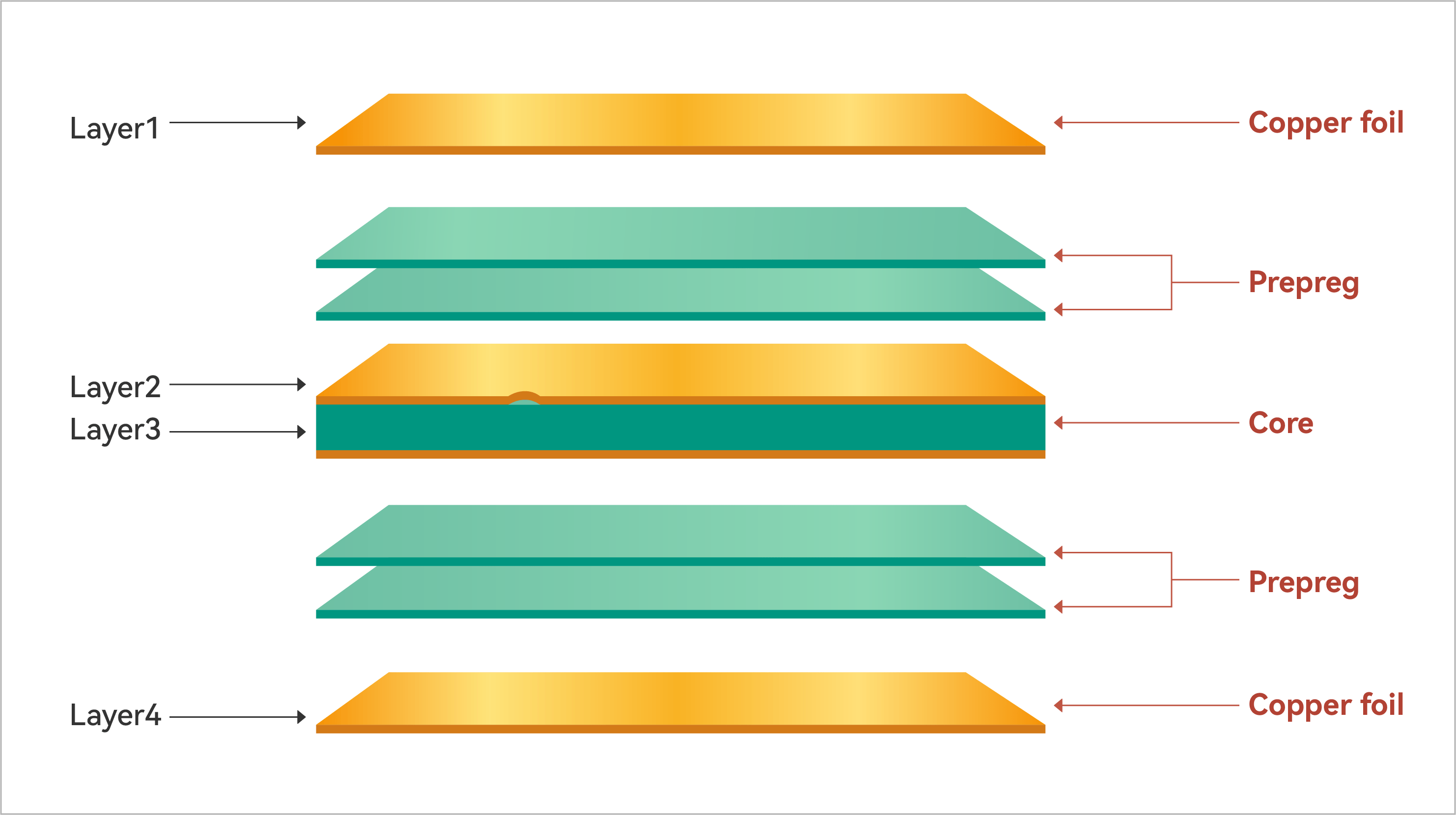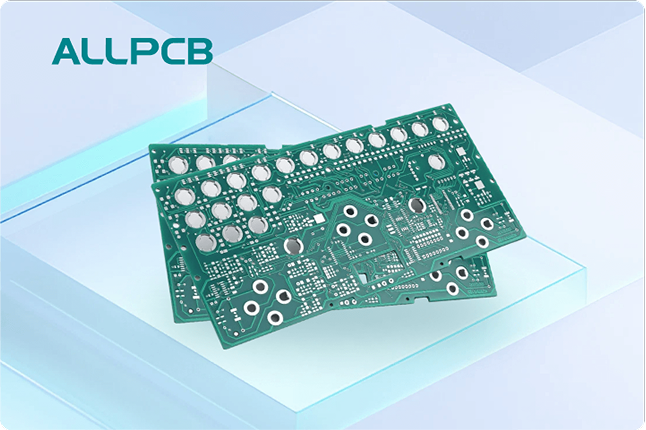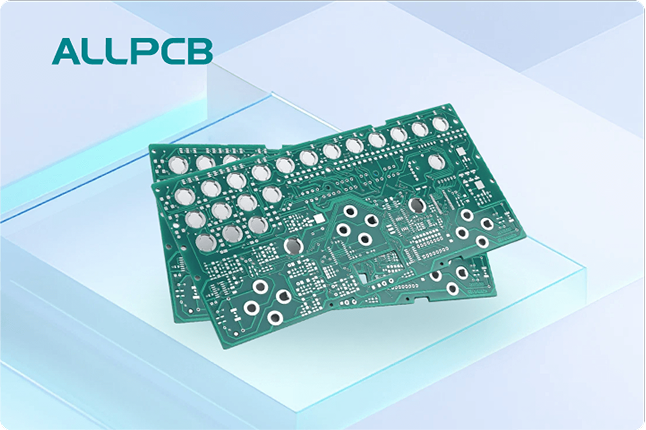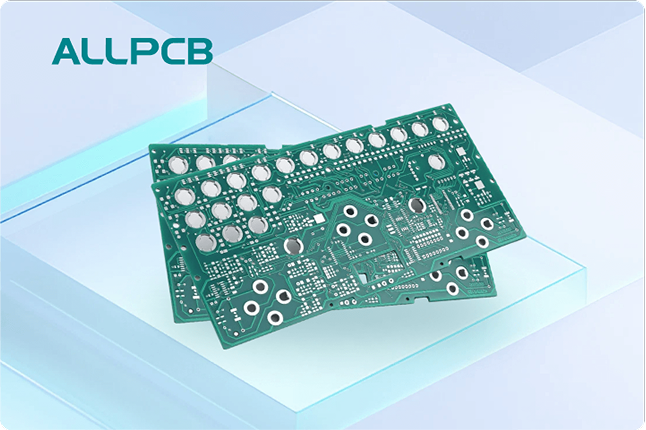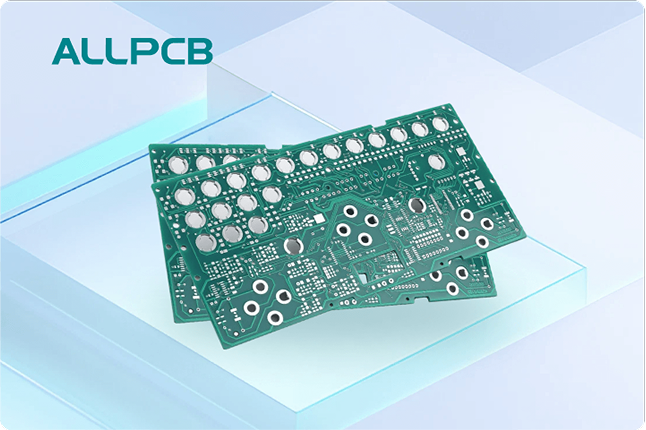Designing a multi-layer PCB can be a complex task, and even small mistakes can lead to performance issues, costly rework, or complete failure of the board. If you're searching for guidance on "PCB design multilayer" or "PCB stackup design," you're likely looking to avoid common errors and ensure a reliable, high-performing circuit board. In this comprehensive guide, we’ll highlight the most frequent pitfalls in multi-layer PCB design and provide actionable tips to help you navigate the process successfully.
Whether you're an experienced engineer or new to PCB design, understanding these challenges is crucial for creating efficient and functional boards. Let’s dive into the details of multi-layer PCB design, focusing on common mistakes in PCB stackup design and beyond, to help you achieve optimal results.
What Is Multi-Layer PCB Design and Why Does It Matter?
Multi-layer PCB design involves stacking multiple layers of conductive copper and insulating material to create a compact, high-density circuit board. These boards are essential for modern electronics, allowing for complex circuits in devices like smartphones, medical equipment, and industrial systems. A typical multi-layer PCB includes signal layers, power planes, and ground planes, arranged strategically to optimize performance.
The design of these layers, often referred to as the PCB stackup, plays a critical role in determining signal integrity, electromagnetic compatibility (EMC), and overall functionality. A poorly planned stackup can lead to issues like crosstalk, impedance mismatches, and excessive electromagnetic interference (EMI). By focusing on proper "PCB design multilayer" techniques and "PCB stackup design," you can minimize risks and ensure your board performs as intended.
Common Pitfalls in Multi-Layer PCB Design
Designing a multi-layer PCB comes with unique challenges. Below, we outline the most common mistakes engineers encounter and provide practical solutions to avoid them. By addressing these issues early, you can save time, reduce costs, and improve the reliability of your design.
1. Poor PCB Stackup Planning
One of the biggest mistakes in "PCB stackup design" is failing to plan the layer arrangement properly. A poorly designed stackup can lead to signal integrity problems, increased EMI, and inefficient power distribution. For instance, placing high-speed signal layers too close to each other without a ground plane in between can cause crosstalk, where signals interfere with one another.
Solution: Always start with a well-thought-out stackup plan. For a 4-layer PCB, a common configuration is to have signal layers on the top and bottom, with internal ground and power planes. For an 8-layer board, you might alternate signal and plane layers to provide shielding, such as: Signal - Ground - Signal - Power - Power - Signal - Ground - Signal. This arrangement helps reduce EMI and ensures a low-impedance return path for signals. Additionally, keep high-speed signals on layers adjacent to ground planes to minimize interference.
Example: In a high-speed design operating at 1 GHz, placing a signal layer next to a ground plane can reduce loop inductance to below 1 nH, significantly improving signal quality compared to placing it near another signal layer.
2. Ignoring Impedance Control
Impedance mismatches are a frequent issue in multi-layer PCB design, especially for high-speed circuits. If the characteristic impedance of a trace doesn’t match the source or load (e.g., 50 ohms for many RF applications), it can lead to signal reflections, data loss, or degraded performance.
Solution: Calculate and control impedance during the design phase. Use trace width and spacing calculators to achieve the desired impedance based on your PCB stackup materials and layer thickness. For example, on a standard FR-4 material with a dielectric constant of 4.2, a 5-mil trace width on a 1.6mm thick board might achieve 50-ohm impedance when referenced to a ground plane. Ensure consistent dielectric thickness and material properties across layers to maintain uniformity.
Example: For a USB 2.0 signal running at 480 Mbps, maintaining a differential impedance of 90 ohms is critical. Adjusting trace width to 8 mils and spacing to 6 mils on a 4-layer board can help achieve this target.
3. Inadequate Ground Plane Design
A solid ground plane is essential for providing a low-impedance return path for signals and reducing EMI. A common pitfall in "PCB design multilayer" is splitting ground planes unnecessarily or failing to include enough vias to connect ground layers, leading to signal integrity issues.
Solution: Use continuous ground planes whenever possible, especially under high-speed signal traces. Avoid splitting ground planes unless absolutely necessary for isolating analog and digital sections. Place ground vias strategically near signal vias to minimize discontinuities in the return path. For a 6-layer PCB, ensure at least one dedicated ground plane is adjacent to signal layers carrying critical data.
4. Overlooking Power Distribution Issues
Power distribution problems can cause voltage drops, noise, and unreliable operation in multi-layer PCBs. A frequent mistake is not using dedicated power planes or failing to place decoupling capacitors close to ICs, leading to power integrity issues.
Solution: Dedicate at least one layer to power distribution in your "PCB stackup design." Place decoupling capacitors (e.g., 0.1 μF ceramic capacitors) as close as possible to the power pins of integrated circuits to filter out high-frequency noise. For a 10-layer PCB supporting a high-current processor, split the power plane into multiple voltage domains (e.g., 3.3V and 1.8V) while ensuring low-impedance connections through vias.
Example: In a design with a microcontroller drawing 500 mA at 3.3V, using a power plane with 10 vias connecting to the IC can reduce voltage drop to under 50 mV, ensuring stable operation.
5. Neglecting Thermal Management
Multi-layer PCBs often handle high power densities, and inadequate thermal management can lead to overheating, component failure, or reduced lifespan. A common error is not providing enough thermal vias or copper pours to dissipate heat effectively.
Solution: Incorporate thermal vias under high-power components to transfer heat to internal or bottom layers. Use large copper areas connected to ground or power planes as heat sinks. For example, in a 6-layer PCB with a power amplifier dissipating 5W, placing an array of 20 thermal vias (0.3mm diameter each) under the component can reduce junction temperature by up to 15°C.
6. Poor Via Placement and Routing
Vias are essential for connecting layers in a multi-layer PCB, but improper placement or overuse can introduce signal delays, reflections, or manufacturing challenges. A common mistake is using too many vias in high-speed signal paths, disrupting signal integrity.
Solution: Minimize the number of vias in high-speed traces to reduce discontinuities. When vias are necessary, place them carefully and use back-drilling for high-speed designs to remove unused via stubs that can cause reflections. For a signal operating at 2.5 GHz, a via stub longer than 10 mils can introduce significant signal degradation, so keep stubs as short as possible.
7. Failing to Account for Manufacturing Constraints
Designs that ignore manufacturing limitations can result in boards that are difficult or impossible to produce. Common oversights include using trace widths or clearances smaller than the fabricator’s capabilities or neglecting aspect ratio limits for vias.
Solution: Review the design rules and capabilities of your manufacturing partner before finalizing your layout. For instance, if the minimum trace width supported is 4 mils, avoid designing 3-mil traces. Similarly, ensure via aspect ratios (depth-to-diameter) stay within acceptable limits, typically below 10:1 for standard processes, to avoid drilling issues.
Best Practices for Successful Multi-Layer PCB Design
Beyond avoiding pitfalls, following best practices can elevate your "PCB design multilayer" process. Here are some key tips to ensure success:
- Simulate Early: Use simulation tools to model signal integrity, power distribution, and thermal performance before fabrication. Tools can predict issues like crosstalk at 500 MHz or voltage drops under 100 mV.
- Collaborate with Fabricators: Work closely with your manufacturing team to align your "PCB stackup design" with their capabilities, ensuring cost-effective and reliable production.
- Test Iteratively: Prototype and test your design in stages to identify issues early. For example, measure impedance on a 4-layer test board to confirm it matches the target 50 ohms.
Conclusion
Multi-layer PCB design is a powerful way to create compact, high-performance electronics, but it comes with challenges that can derail even experienced engineers. By focusing on proper "PCB stackup design" and avoiding common pitfalls like poor layer planning, impedance mismatches, and inadequate thermal management, you can build reliable and efficient boards. Remember to prioritize signal integrity, power distribution, and manufacturing constraints in every step of your "PCB design multilayer" process.
With careful planning and attention to detail, you can overcome the complexities of multi-layer PCB design and achieve outstanding results. Use the tips and solutions provided in this guide to refine your approach and ensure your next project is a success.
 ALLPCB
ALLPCB


